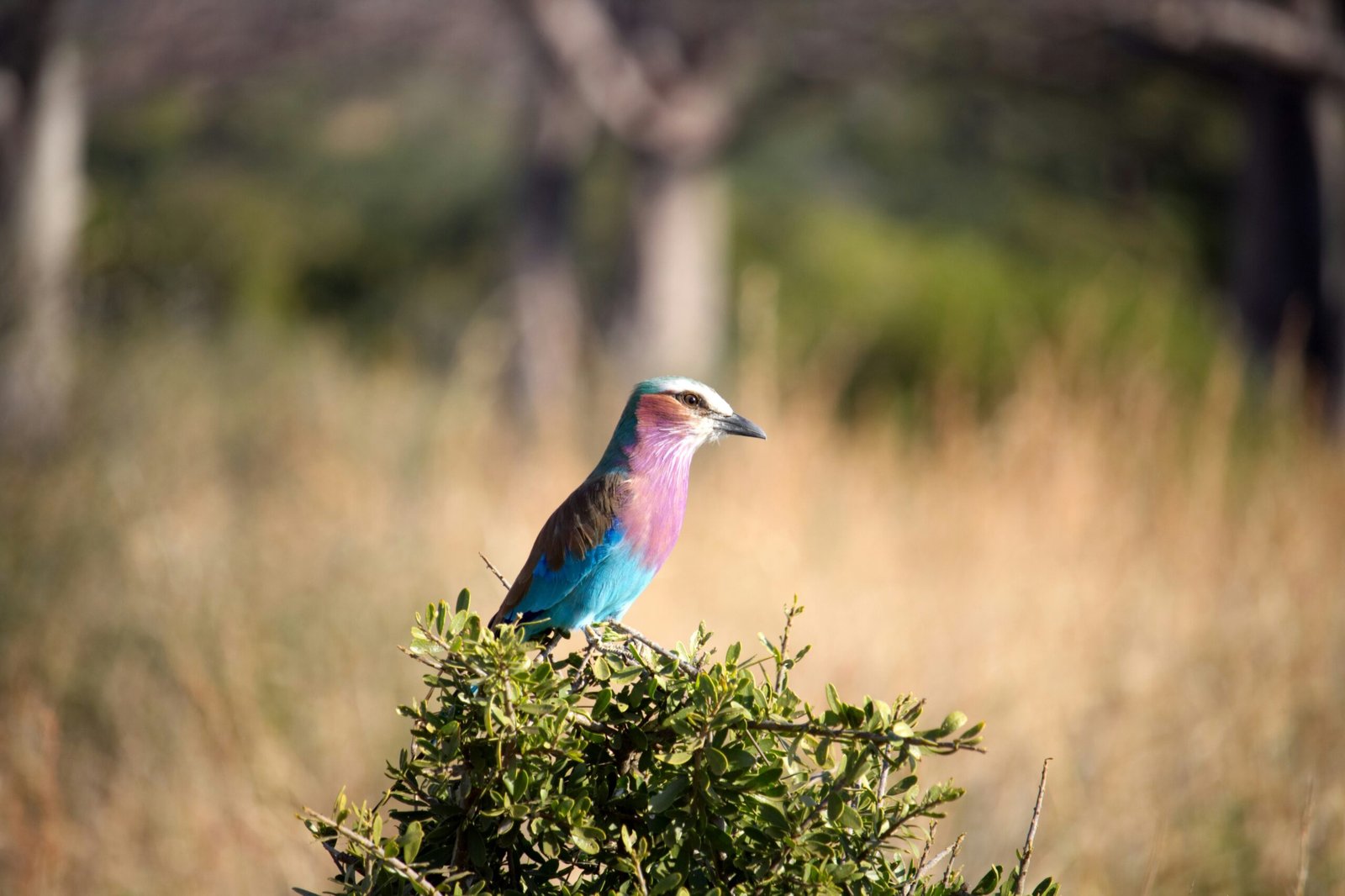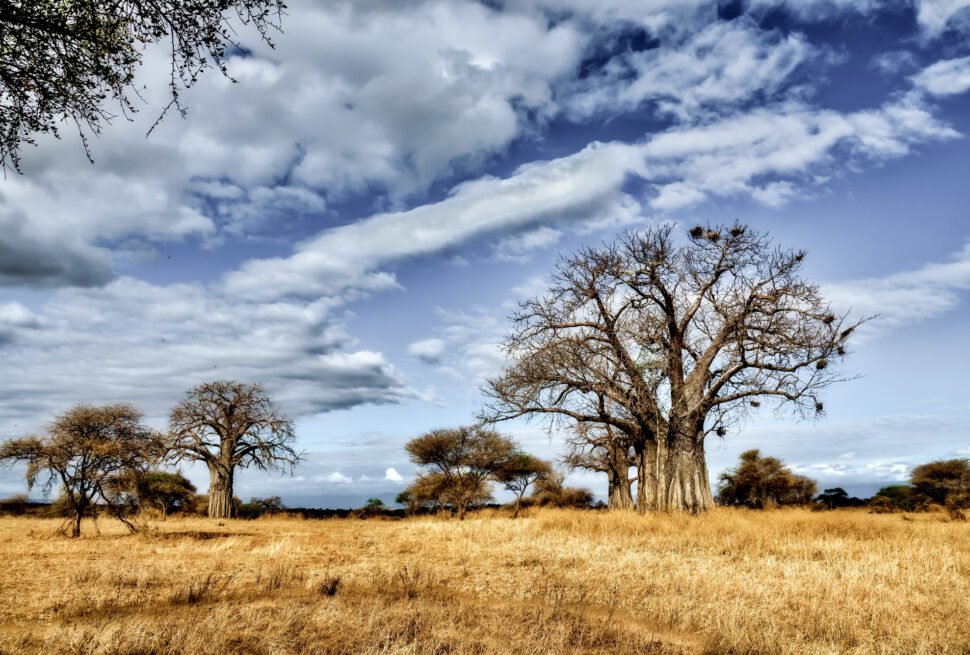Tanzania is a top destination for birdwatchers because of its rich variety of birds and many different habitats. This guide will explain why Tanzania is ideal for birdwatching, describe the best locations to see birds, and provide practical tips on planning your trip. Whether you are a beginner or an experienced birder, this article covers everything you need to know in one place.
Why Birdwatch in Tanzania?
Tanzania is home to many unique bird species and has diverse ecosystems, from savannahs and wetlands to forests and coastal areas. These varied habitats attract both resident and migratory birds. Birdwatching in Tanzania also supports local conservation efforts and eco-tourism, helping protect wildlife and natural areas.
Top Birdwatching Locations in Tanzania
Serengeti National Park
The Serengeti is famous for its vast grasslands and the great migration of animals. It also offers many bird species such as the African fish eagle, various weavers, and raptors. The best time to visit is during the dry season when birds are easier to spot around waterholes.
Ngorongoro Conservation Area
This area is not only known for its wildlife but also for its variety of bird species. You can see species adapted to crater environments, such as the grey-headed kingfisher and different hornbills. Early mornings and late afternoons provide good birding opportunities.
Lake Manyara National Park
Lake Manyara is a rich wetland area. The park attracts a high density of birds, including flamingos, herons, and storks. The combination of water and savannah makes it one of the best places to observe waterbirds.
Selous Game Reserve
Selous is a remote and vast reserve that offers opportunities to see rare and elusive bird species. This location is best for experienced birdwatchers who can handle long drives and enjoy the quiet of less crowded areas.
Ruaha National Park
Ruaha is known for its mix of savannah and woodland habitats. Bird species such as the African paradise flycatcher and various hornbills can be seen here. Ruaha offers a more off-the-beaten-track experience with fewer tourists.
Coastal Regions and Zanzibar
The coastal areas and islands like Zanzibar offer a different birding experience. You can see seabirds, migratory species, and unique species like the white-bellied go-away-bird. The combination of beaches, mangroves, and coral reefs provides varied birdwatching opportunities.
Additional Locations
Other areas worth exploring include Mikumi National Park and the Mahale Mountains, each offering their own bird species and environments. These lesser-known spots can provide great opportunities for quieter birdwatching.
Key Bird Species to Watch For
Tanzania is home to many iconic and endemic bird species. Here are some highlights:
- African Fish Eagle: Easily spotted near water bodies, known for its distinctive call.
- Taita Falcon: A rare bird often seen in open landscapes.
- Hornbills: Several species, including the African grey hornbill, add a striking look to the habitat.
- Weavers and Sunbirds: These small birds add color and life to the savannah.
- Waterbirds: Flamingos, herons, and storks are common around lakes and wetlands.
- Migratory Birds: Depending on the season, you may also see migratory species that add to the diversity.
Planning Your Birdwatching Trip
Best Time to Visit
Bird activity in Tanzania varies by season. The dry season (typically from June to October) is usually best for birdwatching because birds gather around water sources, and vegetation is less dense. The wet season can also be good for seeing breeding birds, but some areas may be harder to access.
Safari vs. Dedicated Birding Tours
There are two main types of tours:
- Safari Tours: These offer a general wildlife experience, including birdwatching as part of the overall tour.
- Dedicated Birding Tours: These focus specifically on birdwatching and often include expert birding guides who can help you spot and identify species.
Permits and Fees
Most national parks in Tanzania require an entry fee. Some parks may have additional permits for birdwatching or photography. It is best to check with your tour operator or the park’s official website before your visit.
Equipment and Preparation
Essential Gear
- Binoculars: A good pair of binoculars is crucial for spotting birds from a distance.
- Field Guide: A simple guide to the birds of Tanzania can help you identify species.
- Camera: If you enjoy photography, bring a camera with a zoom lens.
- Notebook or App: Record sightings and notes about behavior.
Clothing and Accessories
- Comfortable Clothing: Wear lightweight, breathable clothing that protects you from the sun.
- Hat and Sunscreen: These protect you during long hours outdoors.
- Insect Repellent: Essential for avoiding mosquito bites, especially during the wet season.
- Sturdy Shoes: Good footwear is important for walking on rough terrain.
Health and Safety Preparations
- Vaccinations and Medications: Check with your doctor about any required vaccinations (e.g., yellow fever, malaria prophylaxis).
- Travel Insurance: Ensure your policy covers medical emergencies and evacuation.
Local Guides and Tour Operators
Reputable local guides are key to a successful birdwatching trip. When choosing a tour operator:
- Look for Reviews: Check online reviews and testimonials from previous travelers.
- Check Credentials: Reputable companies are often accredited and have a long history of operating safaris.
- Ask for a Birding Expert: If birdwatching is your main goal, ask if they have guides with specific expertise in ornithology.
Practical Tips for a Successful Trip
Daily Itinerary Suggestions
Plan your day with enough time in the early morning and late afternoon when birds are most active. Many tours include multiple stops in one day, so plan to move slowly between locations.
How to Approach Wildlife
- Stay Quiet: Move slowly and keep noise to a minimum to avoid scaring birds away.
- Follow the Guide’s Instructions: Your guide knows the best spots and how to approach birds safely.
- Use Your Binoculars: Even if a bird is far away, binoculars can help you get a closer look without disturbing it.
Basic Bird Identification Tips
- Focus on Size and Shape: Note the overall size, beak shape, and wing shape.
- Color Patterns: Look at the colors and any distinctive markings.
- Behavior: Listen to calls and watch feeding habits, which can be key identifiers.
- Take Notes: Recording details can help you compare with field guides later.
Challenges and How to Overcome Them
Common Challenges
- Long Drives: Safaris often involve long hours on rough roads. Bring water, snacks, and something to entertain yourself.
- Remote Areas: Some locations may have limited facilities. Plan ahead with a reliable tour operator.
- Changing Weather: Weather can change quickly. Carry layers of clothing and a light rain jacket.
- Health Issues: Stay updated on vaccinations and take necessary health precautions to avoid issues like malaria.
Advice for Staying Comfortable and Safe
- Rest When Needed: Break up long drives with stops when possible.
- Stay Hydrated: Drink plenty of water, especially under the hot sun.
- Follow Local Advice: Listen to your guide’s recommendations on safety and comfort.
- Be Prepared for Emergencies: Know where the first aid kit is and have your emergency contacts ready.
Conservation and Responsible Birdwatching
Conservation is important in Tanzania. Birdwatchers can help by:
- Supporting Eco-Tourism: Choose operators that follow sustainable practices.
- Practicing Ethical Birdwatching: Do not disturb birds or their habitats. Stay on marked paths and follow guide instructions.
- Learning and Sharing: Educate yourself about local conservation efforts and share your experiences to raise awareness.
Traveler Testimonials and Case Studies
Many visitors to Tanzania have positive stories to share:
- Positive Experiences: Travelers often mention that local guides are knowledgeable and friendly, making birdwatching enjoyable.
- Success Stories: Some birdwatchers have seen rare or endemic species that they had not seen elsewhere.
- Expert Advice: Reviews frequently note that the best birdwatching trips are those with guides who specialize in birds, as they help spot even the most elusive species.
Conclusion and Final Recommendations
Tanzania offers a rich and diverse birdwatching experience. With its varied ecosystems, numerous bird species, and experienced local guides, the country is a top choice for bird enthusiasts. When planning your trip, research well, choose a reputable tour operator, and prepare adequately with the right gear and health precautions.
Happy birdwatching!




